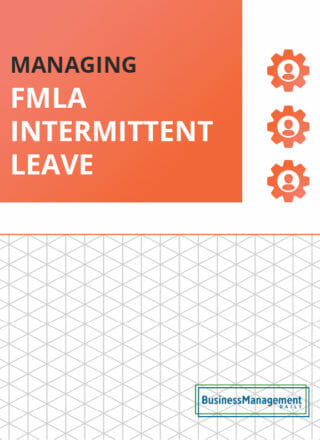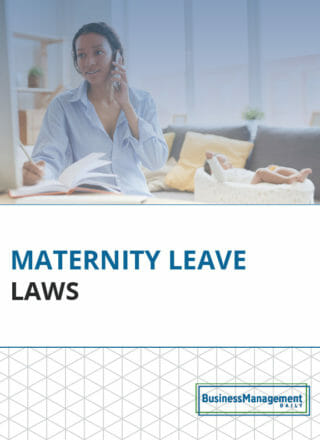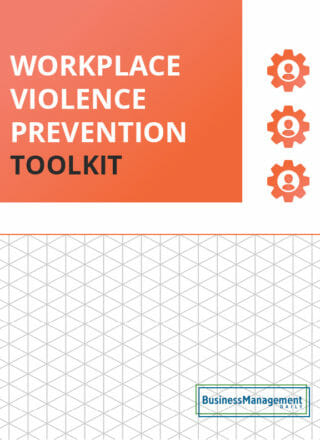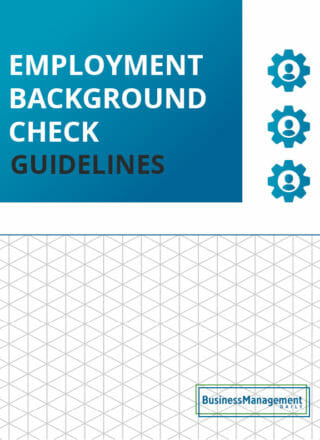Pregnancy disability leave — who and what are covered
 Sophia planned to wait until later in her pregnancy to announce the news to people at her office, but she believes most of them already suspected. Needing to run to the washroom to throw up has become an hourly event, and she sits at her desk at lunch rather than deal with the smells encountered in the employee lounge. Her health care provider is monitoring the situation but worries she may Hyperemesis Gravidarum, a condition characterized by severe nausea, weight loss, and dehydration. Sophia can’t help but wonder what will happen if he decides she should no longer go to work. Is there such a thing as pregnancy disability leave?
Sophia planned to wait until later in her pregnancy to announce the news to people at her office, but she believes most of them already suspected. Needing to run to the washroom to throw up has become an hourly event, and she sits at her desk at lunch rather than deal with the smells encountered in the employee lounge. Her health care provider is monitoring the situation but worries she may Hyperemesis Gravidarum, a condition characterized by severe nausea, weight loss, and dehydration. Sophia can’t help but wonder what will happen if he decides she should no longer go to work. Is there such a thing as pregnancy disability leave?
The outcome for Sophia and other women who find themselves in similar situations depends on a variety of factors. The nature of the person’s work, her individual employer, and the state in which she lives all influence what ends up happening.
Accommodation as a first step
Women with pregnancy-related conditions that make performing under existing circumstances difficult often find help by explaining their predicament to their manager or to human resources. Reasonable accommodations may enable employment to continue. For instance, the company may allow a woman with severe morning sickness to work remotely for a period of time instead of coming to the office. Adding more breaks, reducing her load of physical tasks, and allowing her to sit rather than stand are other examples of common reasonable accommodations.
A FAQ of both pregnant employees and their employers is whether the law requires such actions. The Pregnancy Discrimination Act, an amendment to Title VII of the Civil Rights Act of 1964, notes that women affected by pregnancy or related conditions must be treated in the same manner as other applicants or employees who are similar in their ability or inability to work. Thus, according to EEOC.gov:
“If a woman is temporarily unable to perform her job due to a medical condition related to pregnancy or childbirth, the employer or other covered entity must treat her in the same way as it treats any other temporarily disabled employee. For example, the employer may have to provide light duty, alternative assignments, disability leave, or unpaid leave to pregnant employees if it does so for other temporarily disabled employees.
“Additionally, impairments resulting from pregnancy (for example, gestational diabetes or preeclampsia, a condition characterized by pregnancy-induced hypertension and protein in the urine) may be disabilities under the Americans with Disabilities Act (ADA). An employer may have to provide a reasonable accommodation (such as leave or modifications that enable an employee to perform her job) for a disability related to pregnancy, absent undue hardship (significant difficulty or expense).”
Pregnancy disability leave
Sometimes, a woman requires more than accommodations for a pregnancy-related medical condition. Her ailments may be too severe to make working feasible, or her doctor may demand bed rest. Some women use accumulated PTO such as vacation time or sick leave in such instances. Taking this earned time off keeps a full paycheck coming in.
Women needing to take time off also may be eligible for pregnancy disability leave (PDL) if no longer able to perform job duties because of pregnancy-related medical conditions. This type of short-term disability insurance coverage may come directly from an employer as part of its benefits package. Since terms of temporary disability insurance programs vary considerably — including compensation amounts — an individual should consult her human resources department for specifics.
Laws vary by state
HR also should be able to inform female employees about state laws that provide additional pregnancy disability leave benefits. Some states offer short-term disability benefits to all qualified employees in their state.
Take the case of California. The California Fair Employment and Housing Act (FEHA) contains provisions guaranteeing up to four months of job-protected time off for disabilities related to pregnancy, childbirth, or a related medical condition. Leave does not need to be taken all at once and can include recovery time after the birth. PDL laws in California apply to all employers with five or more full-time or part-time employees.
Also, pregnant women in California may be entitled to receive state-funded short-term disability insurance (SDI), which pays a portion of their usual wages while temporarily disabled. Claims are handled through California’s Employment Development Department (EDD).
Similar programs exist in a few other states. According to the popular pregnancy website What to Expect, Massachusetts, New Jersey, New York, Rhode Island, Washington, Oregon, Colorado, Connecticut, and the District of Columbia also have versions of paid leave — typically funded through employee-paid payroll taxes and administered through disability insurance programs. A few other states are exploring implementation, so it pays for HR professionals and pregnant women to keep up on developments.
The Family and Medical Leave Act
Lastly, some help exists on the national level. The federal Family and Medical Leave Act (FMLA) enables many women to take time off when experiencing pregnancy-related medical conditions. According to the Department of Labor’s website (DOL.gov), the act “provides certain employees with up to 12 weeks of unpaid, job-protected leave per year. Time taken off work due to pregnancy complications can be counted against the 12 weeks of family and medical leave.” Note that FMLA also requires that the person’s group health insurance program benefits be maintained during the leave.
Employees are eligible for leave if they meet these requirements:
-
Worked for a covered employer for at least 12 months (private employers with 50 or more employees are covered; all public agencies and local education agencies are covered).
-
Had at least 1,250 hours of service for this employer in the past 12 months (equivalent to about 24 hours per week).
-
Worked at a location (“worksite”) where the company employs 50 or more employees within 75 miles.
 These qualifications translate into the FMLA covering about 56 percent of American workers. The rest are not eligible employees because they have not worked the minimum number of hours, have not been with their employers long enough, or they work for too small of a company.
These qualifications translate into the FMLA covering about 56 percent of American workers. The rest are not eligible employees because they have not worked the minimum number of hours, have not been with their employers long enough, or they work for too small of a company.
While the Family and Medical Leave Act assists women who need time off during pregnancy to attend to their health, this federal law also applies to a variety of other situations. Both men and women may use it when unable to work because of a serious health condition. (Note that an employer may require medical certification from a physician.) Covered individuals also may take FMLA leave to care for an immediate family member with a serious health problem. Parental leave under FMLA offers time off for the birth and care of a new child or for the placement with the employee of a child for adoption or foster care.
The act protects the job of a person on leave. When the employee returns, the employer must give him or her the original job or a comparable position with the same pay, benefits, and terms of employment. A company cannot fire someone for taking FMLA leave. If layoffs happen during the leave of absence period, however, the employer can include the employee on leave as long as it would have made the same termination decision if the person had not been on FMLA (such as eliminating a whole department or letting go of people with the least seniority).
Note that the Family and Medical Leave Act only requires covered employers to grant the absence and provide reinstatement. It does not demand paid time off work. Some businesses voluntarily have their own benefits policies offering financial assistance during FMLA leave. As organizations look for ways to attract and retain employees during a worker-friendly labor market, more companies may provide paid family leave benefits and similar measures.





